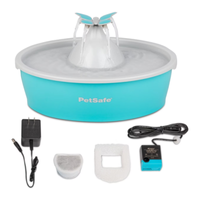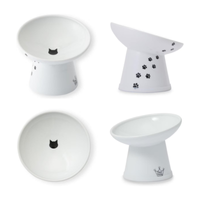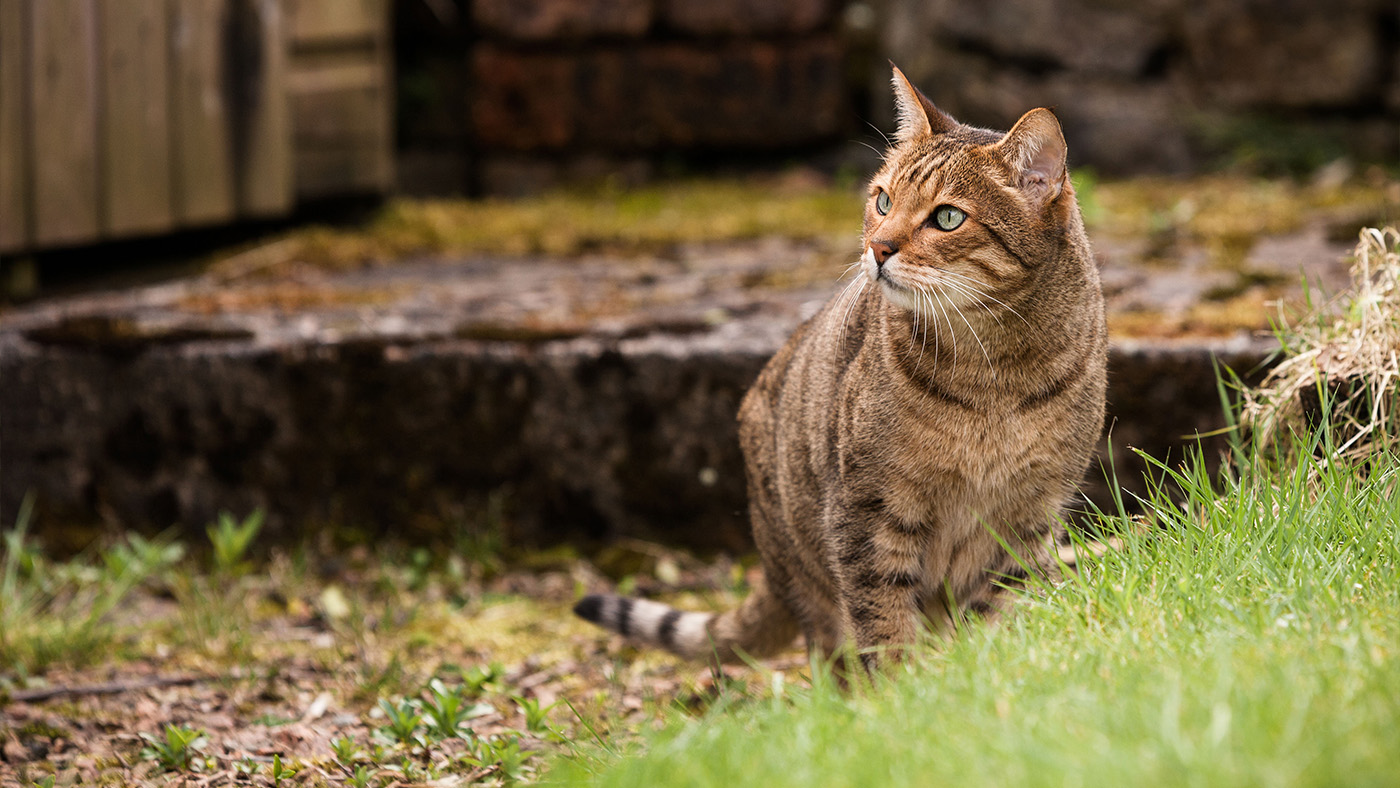What is whisker fatigue? A vet explains the causes, symptoms, and how to help
Unsure what whisker fatigue is? Our vet’s guide has got you covered.
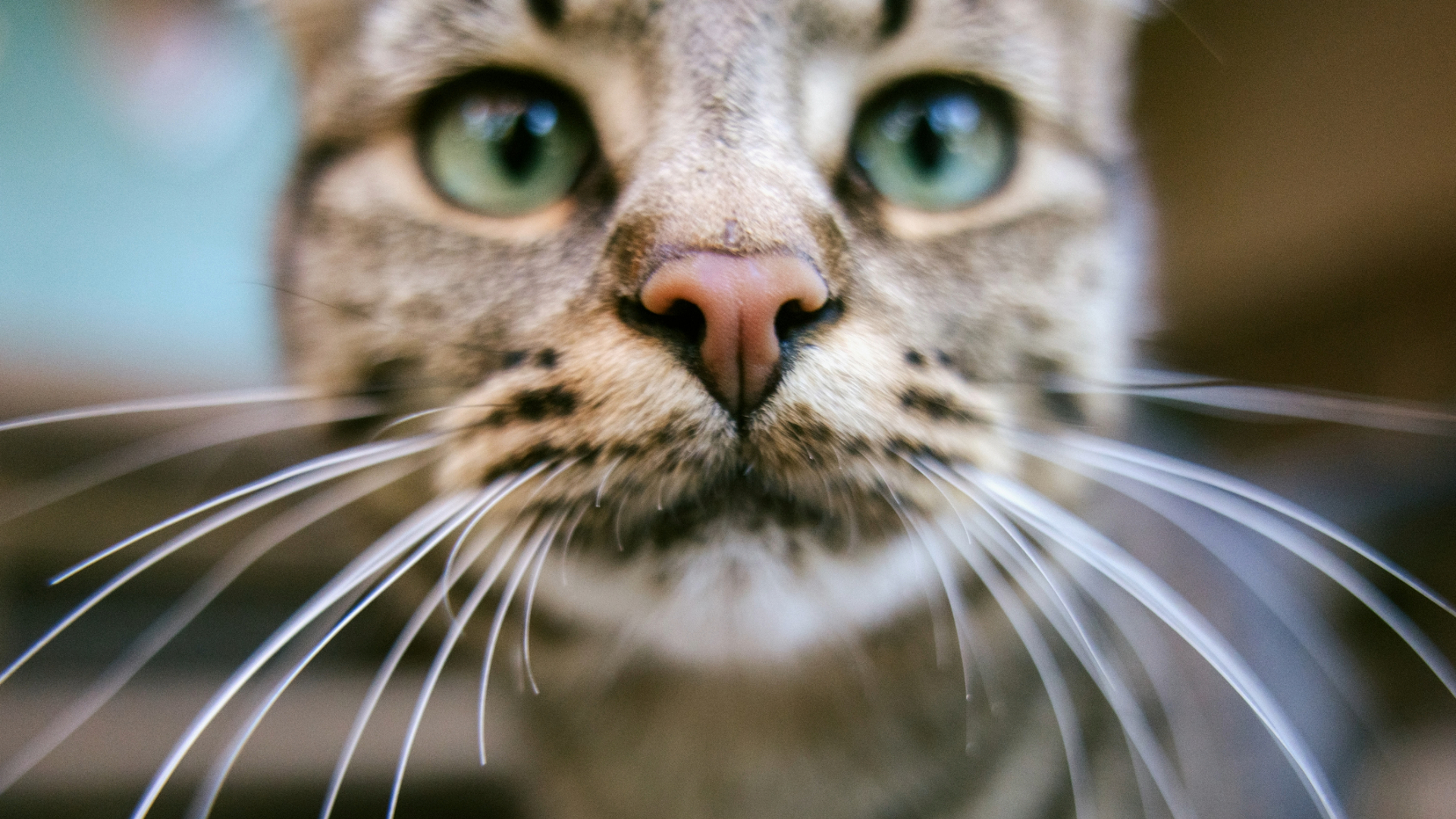
If your cat has been acting slightly strange around everyday items (like their food and water bowl), then whisker fatigue could be behind this. You might not have heard of this term before, so let’s break it down.
This theory is also known as whisker stress and is when your cat’s whiskers get overstimulated, causing their behavior to change. This might happen if your kitty’s whiskers regularly come in contact with things like their cat door or water bowl. If you think it’s a case of the latter, then it’s worth investing in one of the best pet water fountains.
You might notice your cat using their paws to place their food on the floor, or flicking water with their paw as opposed to lapping it up. Both of these things could be a sign of whisker fatigue, so it’s a good idea to learn more about it. We understand that you probably have a lot of questions, like what causes this and how you can help. So, this vet’s guide is here to help - keep on reading for the answers
What is whisker fatigue?
Try to imagine for a second that you’re a cat and because you're a cat you have long, sensitive whiskers around your face. These whiskers transmit constant information back to you about your surroundings, including any air movement, how fast you’re moving, whether you’re near to any obstacles, and whether you can squeeze through a ridiculously tiny gap.
Sometimes, the information that your whiskers transmit to your brain is really handy and helps you move quickly, escape from predators, avoid obstacles, and stay safe. However, there's no 'off switch' for your whiskers, so even when you perform regular, uneventful tasks like eating, drinking, going through the cat flap, or going to the toilet, your whiskers are on high alert informing you of the presence of 'threats' like your food bowl or your cat flap.
This is ‘whisker fatigue’ and is thought by some to be the reason that some cats avoid eating or drinking from bowls, preferring to feed on a flat surface and drink from a dripping tap or the bottom of the bath.
If you’re questioning, ‘Why do cats have whiskers?’, this feature has the answers.
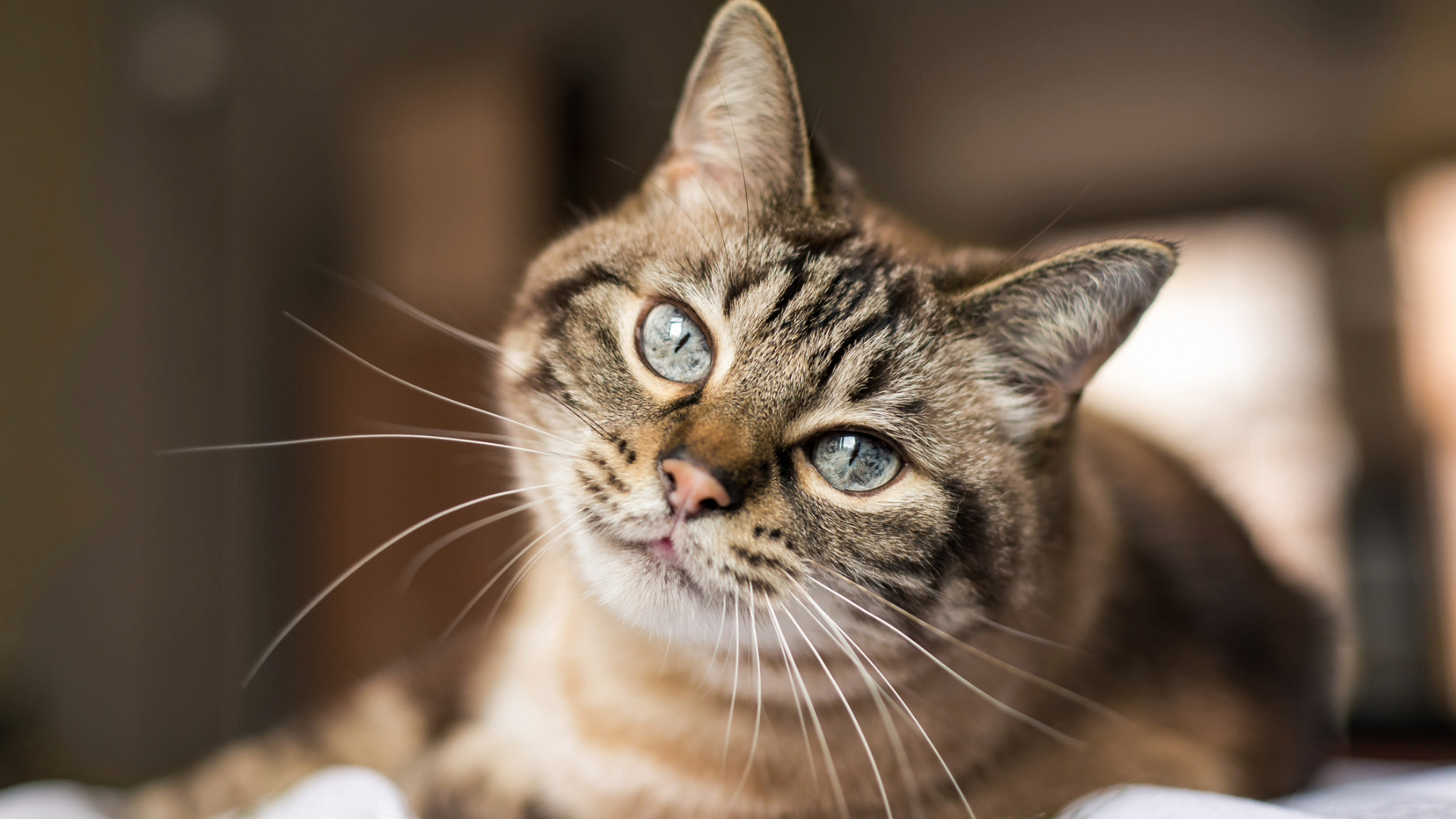
What causes whisker fatigue?
Whiskers are actually called vibrissae, and they are a type of stiff functional hair that communicates with the nervous system deep under the skin. These hairs are much stiffer than normal hairs and clustered in groups around the face.
Whisker fatigue is not a disease or associated with any type of illness. It appears to come about due to regular contact of the whiskers with food and water bowls. If your cat’s whiskers are touching the sides of the bowls every day he eats or drinks this can cause overstimulation, leading to whisker fatigue.
Although we have no firm proof that this is what is occurring, many vets would agree that cats do generally seem to prefer to eat from wide, shallow, or flat surfaces. Using bowls that are too deep or small can cause your cats to whiskers to rub uncomfortably and could predispose them to this complaint.
Is whisker fatigue real?
Whilst there’s no disputing the function of your cat’s whiskers and the fact that they provide constant feedback, whether this background information bothers or stresses them is up for debate. It certainly appears that certain cats behave as if they are head-shy and avoid any contact with their whiskers at all costs. However, many other conditions cause cats to be fussy or play with their food, like bad teeth, ulcers, or other mouth pain.
On the other hand, it's widely recognized that cats do suffer from stress, so much so that the slightest change in routine or environment can affect them. For some cats, something as mundane as a new washing machine or the building work three houses away can cause them to pull their hair out in clumps or start passing urine on the bathroom floor. So, if cats can be so badly affected by stress, it’s certainly plausible that an overload of information from their whiskers could cause so-called whisker stress.
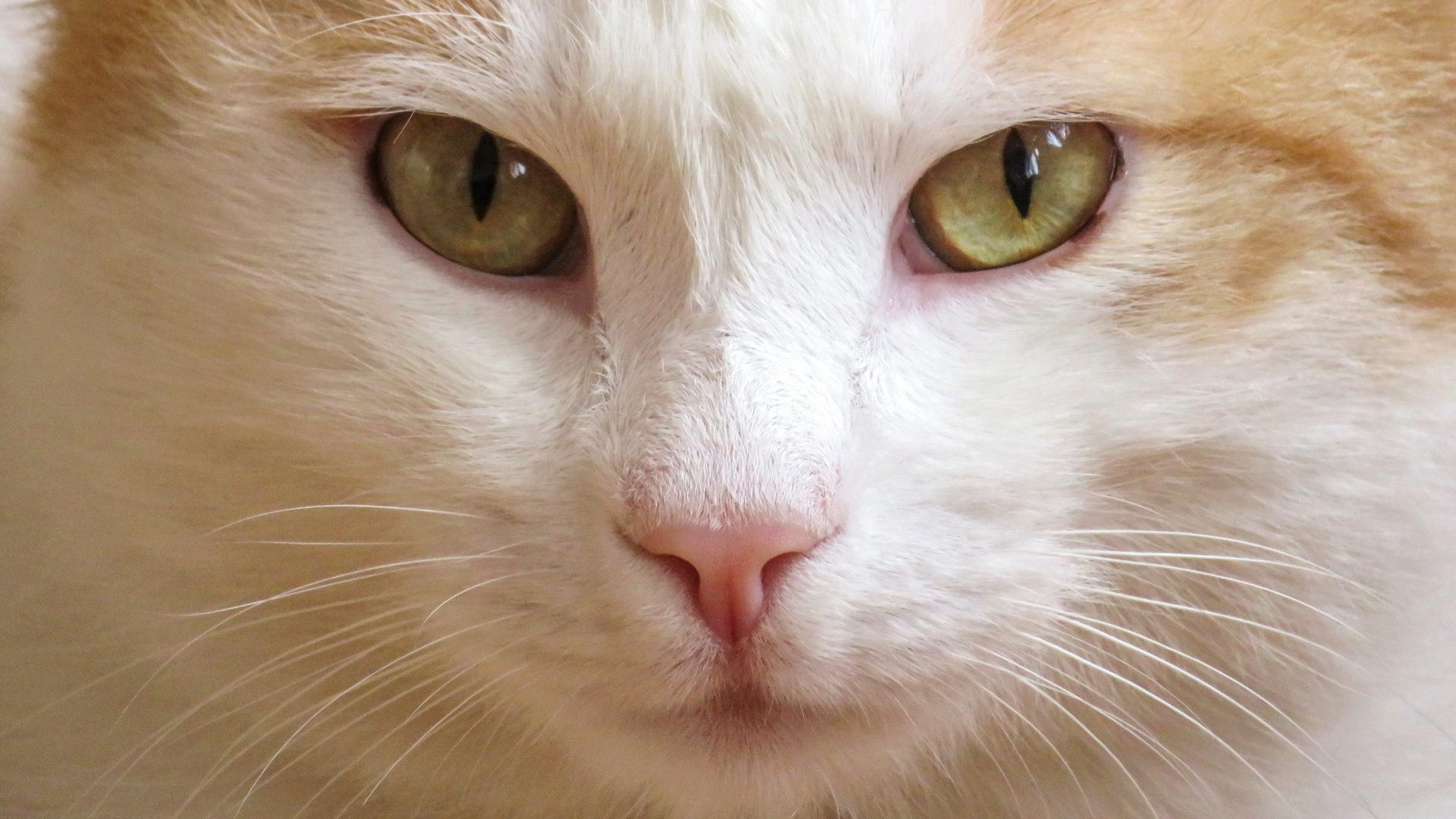
Whisker fatigue symptoms
As previously mentioned, cats with whisker fatigue might avoid using food and water bowls. Instead, they might choose to use their paws to feed themselves or move food onto the floor nearby. They might also avoid the water bowl completely, preferring to get their water elsewhere, from puddles outside or a running tap.
Other symptoms that could be related to whisker fatigue are cats who are hesitant or head-shy when using a cat flap, and this can also be the case with enclosed litter trays with a flap door. You may see your cat approach the cat flap slowly, then take multiple attempts to make contact with the flap, while flinching or tremoring.
So, how can I help my cat if they have whisker fatigue?
Although whisker fatigue isn’t proven, feline stress is, so it’s important to take steps to make your furry friend as happy and care-free as possible. Ways to achieve this include providing food from a saucer or mat, where your cat’s whiskers won’t make unnecessary contact with anything during feeding.
Similarly, providing water in a saucer, using a pet water fountain, or offering water from a tap, are all ways to reduce whisker fatigue caused by drinking.
Sadly, issues with cat flaps or litter trays with flap doors are not so easily solved. If your cat is very private and prefers an enclosed litter tray with a lid, you could try taking the flap door off, leaving the doorway open. However, some cats prefer privacy and security when they do their business.
Equally, if your cat normally goes outside, stopping them from using the cat flap is likely to cause stress, and taking the door off the cat flap might cause a huge increase in your heating bill! The most important thing is to make practical changes where you can to help your cat live a stress-free life, and always speak to your vet if you are concerned.
PetSafe Drinkwell Butterfly Dog & Cat Drinking Fountain
Providing your cat with a drinking fountain is one way to reduce whisker fatigue. This one has a customizable water stream and a filter to remove odors and debris. You can also pop it in the dishwasher for an easy clean.
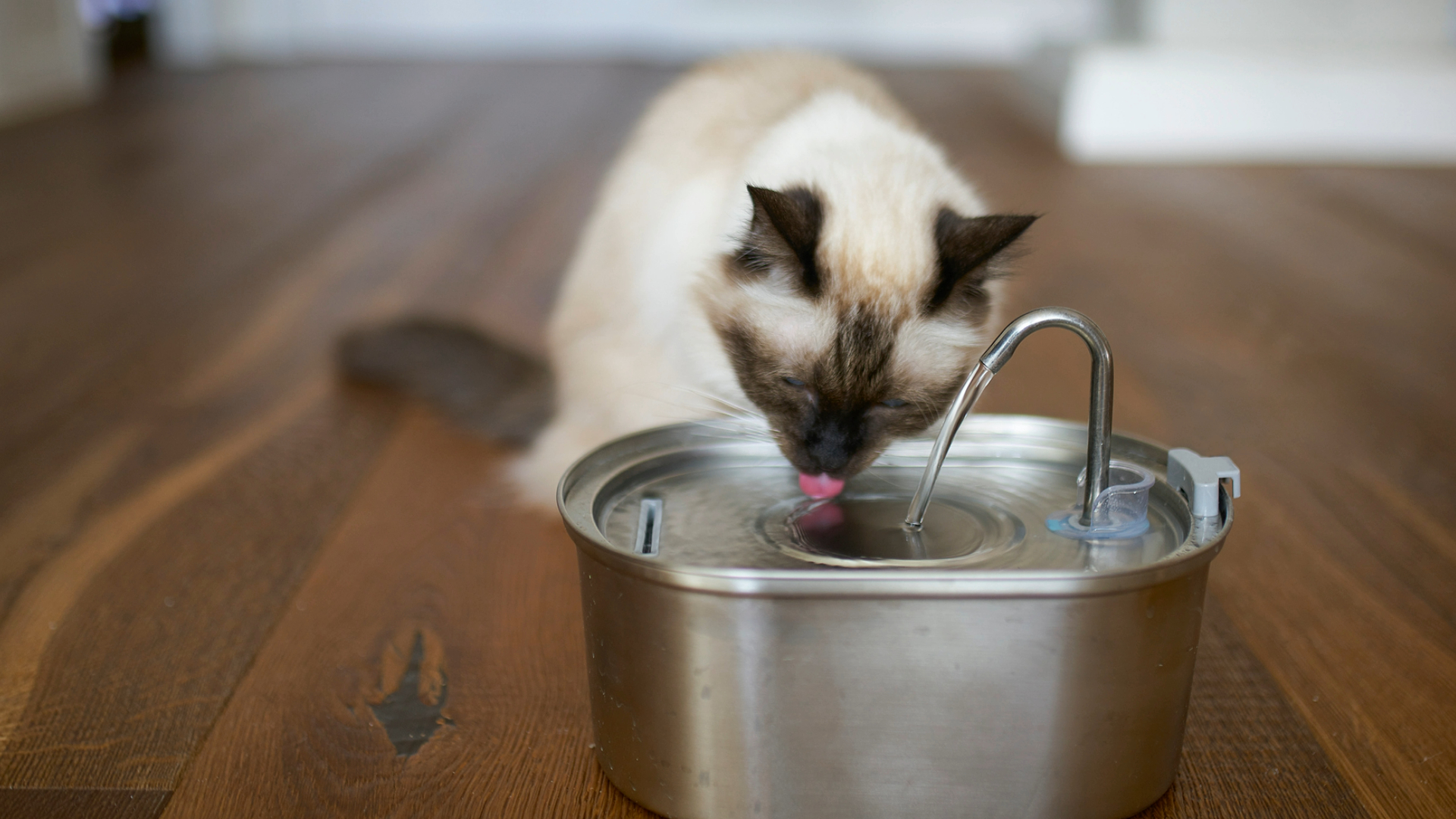
Can raised cat bowls help to prevent whisker fatigue?
A raised cat bowl may help to prevent whisker fatigue if the bowl part itself is very wide and shallow. Elevated bowls allow your cat to maintain a more natural posture whilst eating, reducing tension in their neck and the rest of the body.
There are a variety of other bowl types available too though. These include wider and flatter dishes, some with slanted edges to prevent whisker contact on the side of the bowl.
Whichever design you go for make sure that your cat's whiskers are not confined and that the dish is large enough for them, and the portion of food that you need it to hold. For water, you might want to consider a cat fountain that will help replicate a dripping tap. This free-flowing water allows them to lap easily without their whiskers rubbing against anything.
There are no guarantees that a whisker fatigue bowl will work, but it is generally agreed that cats prefer eating from them compared to a normal cramped dish. Cat not eating? Contact your vet if your cat is still struggling with his eating and drinking behaviors in case there is something else going on.
Necoichi Tilted Stress Free Raised Cat Food Bowl
You might want to invest in an elevated food bowl if you suspect your cat has whisker fatigue. The design on this one is shallow and wide, which is perfect for preventing whisker contact. It will also help with your kitty’s posture and neck, thanks to it being raised and tilted.
Wondering what kind of bowl is best for cats? This feature rounds up everything you need to know. To learn about anxiety in cats, check out this useful guide. If you’re wondering, ‘Should I elevate my cat’s food bowl?’, check out this vet’s guide.
PetsRadar Newsletter
Get the best advice, tips and top tech for your beloved Pets
Dr Hannah Godfrey is a small animal vet who graduated from the Royal Veterinary College in 2011 and began work straight away at a busy mixed practice. Initially, she treated all species, but focussed on small animals from 2014. She has a passion for soft tissue surgery, ultrasound, and canine and feline dentistry, having completed additional training in these areas.
